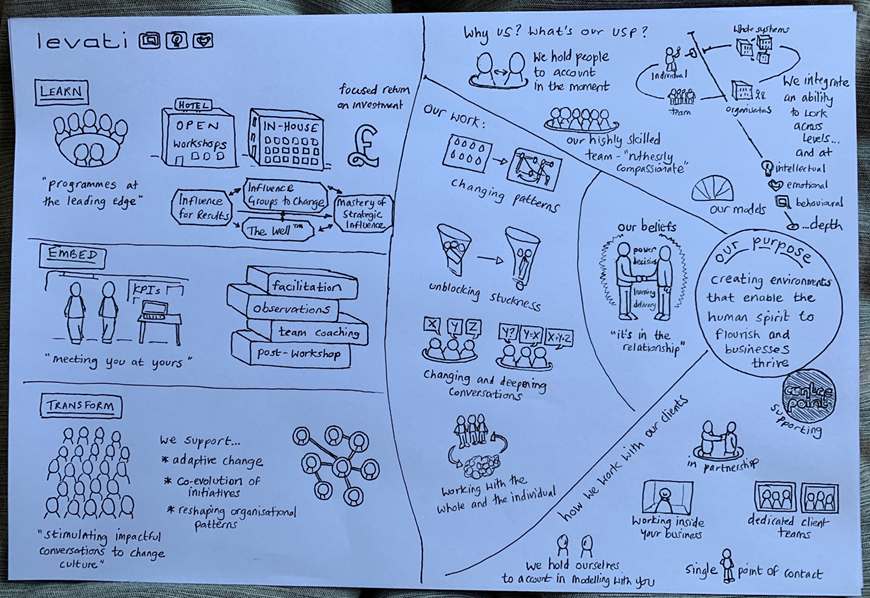
The emotional cost of Distributed Leadership
Distributed leadership is increasingly seen as a requisite in what is now a highly complex business world but there is a cost that goes unseen.
Quite a lot of our work is helping clients develop distributed leadership so that there is less overreliance on the few people at the top, thus creating fewer bottlenecks. When it works well it is also more satisfying for people at all levels who want to feel like they are making some difference rather being a pair of hands and following orders.
What is often underemphasised is the emotional cost of distributed leadership and therefore what you might need to put in place for it to work effectively. Clare Huffington et all express this very articulately in their chapter in “Working below the surface” (2004).
Distributed leadership at any level will heighten feelings of vulnerability because it removes the protection afforded by hierarchical structures.
When we ask people to exercise leadership outside of the hierarchy we are asking them to use their personal authority and presence rather than positional power. This is psychologically demanding and can feel risky. I am sticking my neck out, so to speak, and moving into ambiguous territory. I might be criticised for it.
Huffington et al say that distributed leadership and the devolution of authority raises the levels of work related anxiety. The containment afforded by protective processes such as clarity of structure, lines of accountability and role boundaries are reduced or dismantled. The easy solution is to think “Who am I to take lead on this?” and wait for somebody else to act. That becomes a problem when everyone is waiting for someone else to act.
Expressing leadership when you do not have positional power can be anxiety provoking. And work anxiety can sometimes spill over into a more diffuse sense of vulnerability and loss of confidence.
What helps is to provide a holding environment where people can process experiences and regulate distress. This is a place where we can discuss what is going on for us without fear of being judged. During COVID, I and 2 colleagues, Francis Stickland and Louisa Hardman held conversations like this for NHS Chief Executives. The CEOs said they found it extremely helpful to talk to peers about how they were and what was going on. They found it calming and enabling. And it is not only in a global pandemic that this is useful.
It doesn’t need to be consultants who provide these spaces. It can be very powerful when leaders create these conversations in their own organisations. The leaders who provide such spaces need personal presence and resilience. They also need to be able to tolerate the uncertainty, frustration and pain of others without getting too anxious themselves. This is no small thing. In fact Heifetz and Laurie argue that this is the most difficult aspect of leadership.
picture by Ryoji Iwata


